During the COVID-19 pandemic, we have all become acquainted with the steep curves and each country’s attempt to flatten them to align the risk of infection with the healthcare capacity. However, there are many more steep curves we need to flatten.
Both within the environmental parameters as within socio-economic trends, we see almost equally steep curves. We need to study these curves, which are much more complex to influence. The resources of Mother Earth are limited, and it becomes difficult to accept that we need to flatten the curves as it challenges our understanding of growth and development.
I have found a few curves to illustrate the striking similarity to the COVID-19 infection curves. We could go on finding more similar curves on internet users, mobile phone users, export of goods, transportation. The trends shown in these curves illustrate that we are too far away from the spectrum of the SDGs relating to protecting our environment and creating sustainable development for all.
Most of the warnings we have heard over the last years seem but a repetition of what was discussed in the 1970s. There is a lot of talk, a lot of efforts being made, but we are lacking combined efforts at a global scale and combined industry specific efforts, which can be scaled down to single brands and their supply chains. Most brands quickly launch what they perceive as sustainable products to nurture their image, instead of making weighed decisions based on research.
We are now at a point where decades of growing crisis are locked down into the global ecosystem, and we are likely to see severe climate change for the next decades and only see the results of today’s efforts beyond. My generation has a major responsibility, and people in their 50s might not even live to experience the positive effects of changes we make today. We need to work towards a better world for the next generations, which should motivate us even more.
Depending on where we live in the world, the challenges we meet in our work towards the SDGs are very different. Yet, we are all part of a global society, interconnected around the same global resources with which we need to align our actions.
Managing climate change will require rethinking virtually every aspect of our daily lives and every aspect of supply chains in the textile and garment industry. It will require epochal shifts in politics in the too many countries – including major countries – who have been ignoring climate change.
In the Global Risk Report 2020 made by the World Economic Forum, severe climate threats are present in all of the report’s top long-term risks. Economic confrontations and domestic political polarization figure as the top short-term risks. We see the challenges in election campaigns and on the daily political agendas: geopolitical turbulence and the retreat of multilateralism is stalling our efforts and our ability to tackle the common and critical global risks.
The chart below shows the recent development in natural disasters.
The Global Risk Report 2020 also shows that a pandemic was seen as a major impact factor, but at the same time as unlikely to happen. We have seen how cruelly unprepared societies were, and the risk was acknowledged too late.
However, awareness of risks is growing. Analyses show that we should except the unexpected with more frequency, and it has become more evident how the design of our supply chains has created vulnerability.
In the global textile and apparel industry, we make many choices that could either help flatten the curves or make them continue down the same path. Our material choice has a major influence, as well as the choice of production techniques and how much we want to invest in making a better product that leaves less impact.
We have options every time we design: Do we use the conventional method, or do we invest in a method using less water, less energy and materials based on lowest impact analyses? Or are we able to use existing stock lots or recycled materials? Do we use certified solutions securing human rights?
How do we organize the supply chains? The COVID-19 pandemic has shown that most supply chains in our industry are lengthy and complex and have become more concentrated geographically, often in regions with declining political stability. Yet, little margin has been left for error when designing our supply chains.
I have spoken to many brands during the pandemic. We have discussed production concepts, communication about these concepts to consumers, and the risk of insufficient documentation. There is solid preoccupation among brands. Many brands have already shifted a lot of production to more sustainable methods, but are afraid of communicating them to the market, as they are not sure that their information is fully accurate.
The only way forward is to simply decide that the times of anonymous and hidden supply chains are over. Brands are clearly afraid to communicate and put focus on good sustainable products, precisely because of hidden factors and fear of being accused of greenwashing. We should stop looking at our raw materials as commodities, but instead consider them valuable resources coming from networked communities, where we can see clearly; where all is transparent and documented, and where the value of raw materials remains at the end of the product life-cycle through recycling and reutilization.
At Win-Win Textiles, analysis, design and management of our supply chains, risk assessment and creation of ways to flatten the curves are daily activities we invest in. Let us discuss your brand’s supply chain by product, and let us find ways to take more responsibility together and create better practices.
I would be pleased to discuss with you and bring our ideas into action.
Take care and be well,
Lars Gøtterup

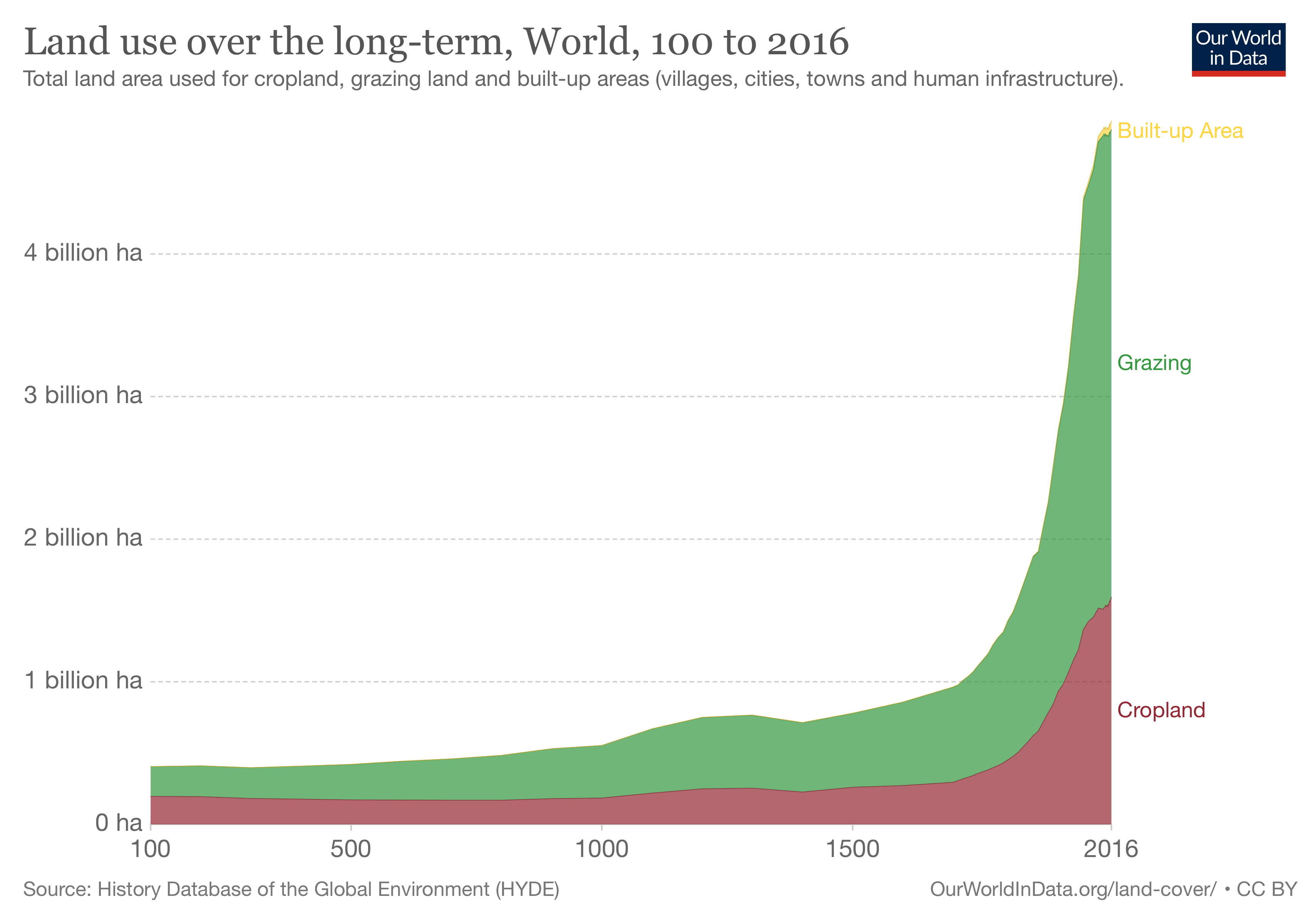
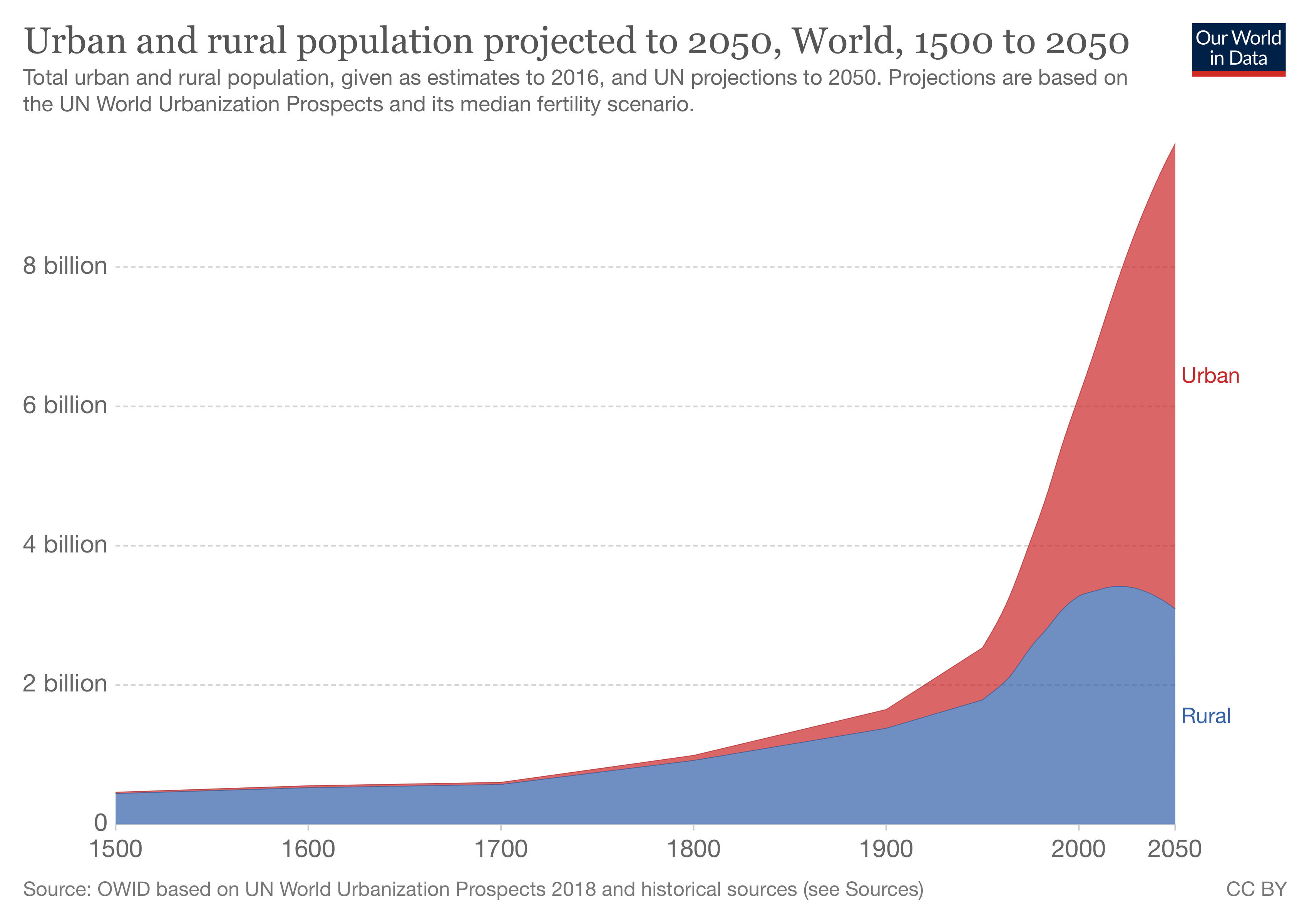
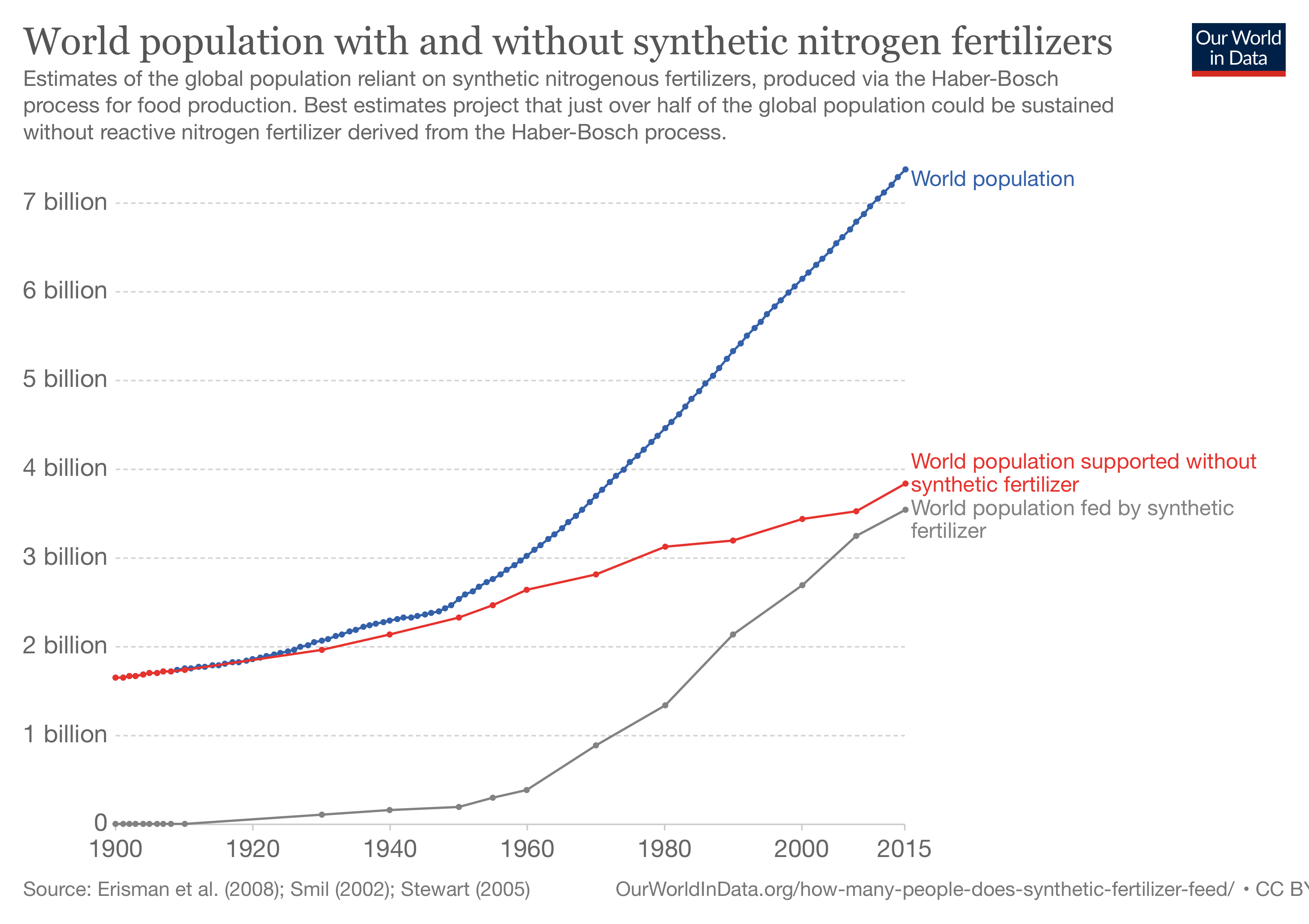
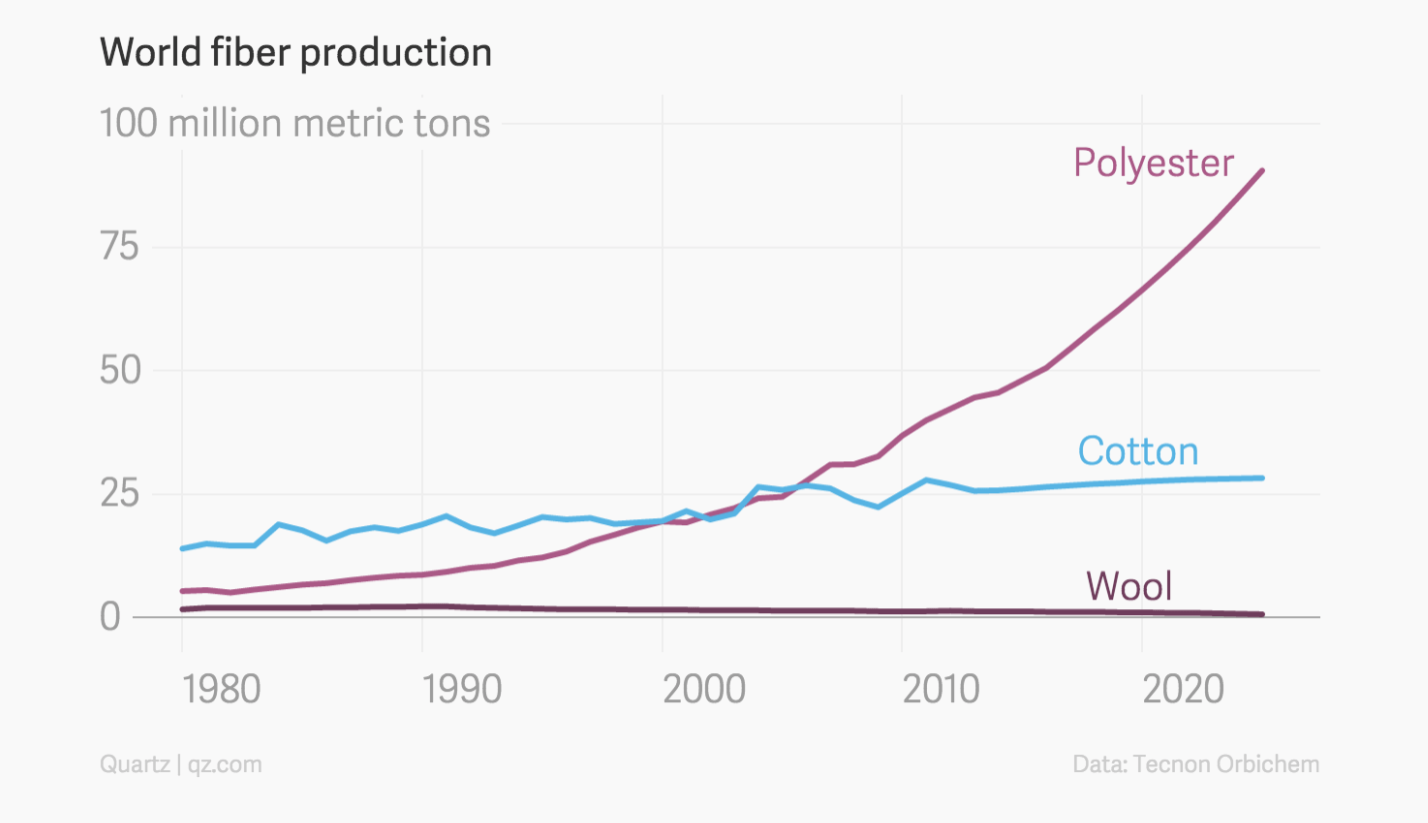
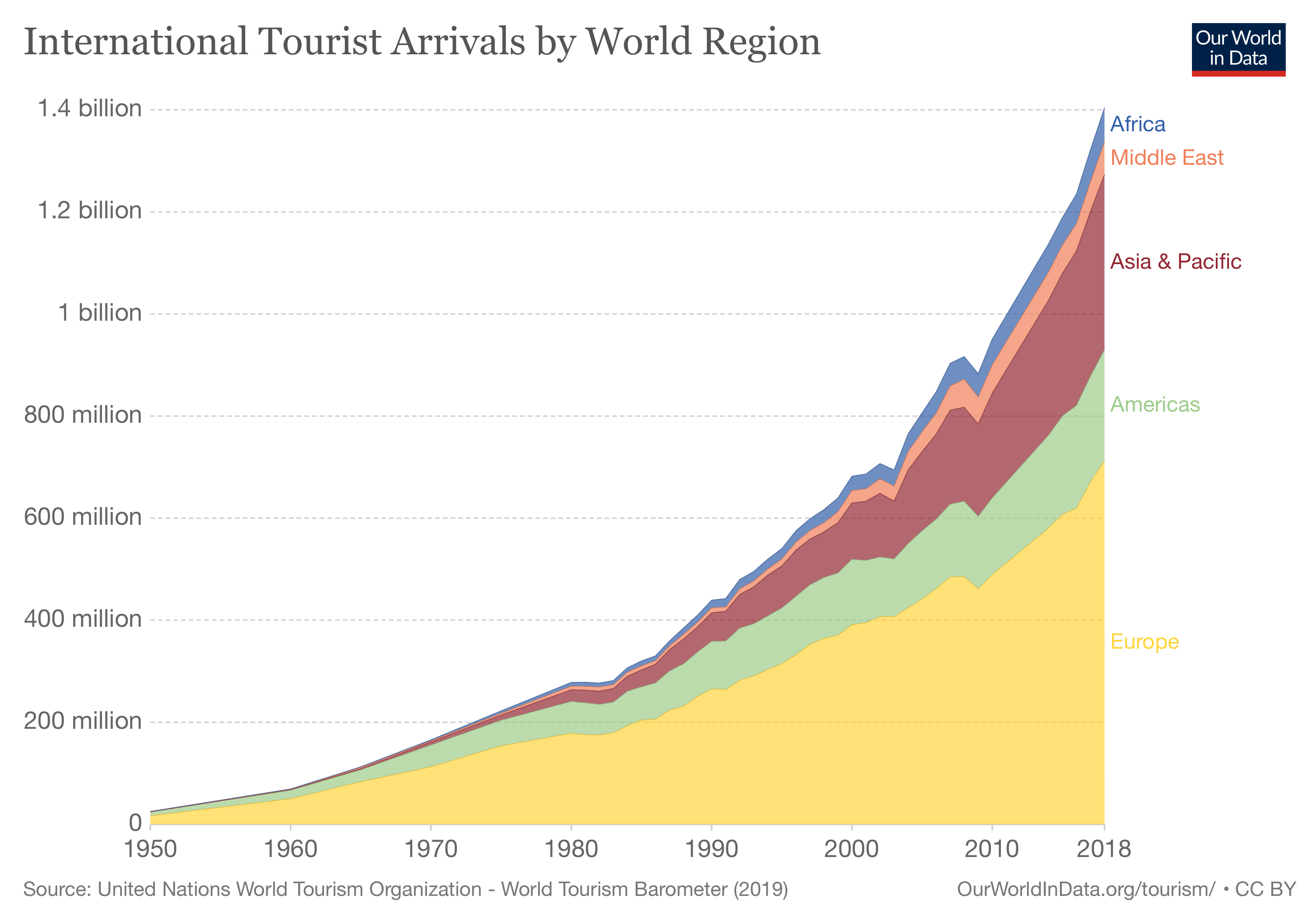
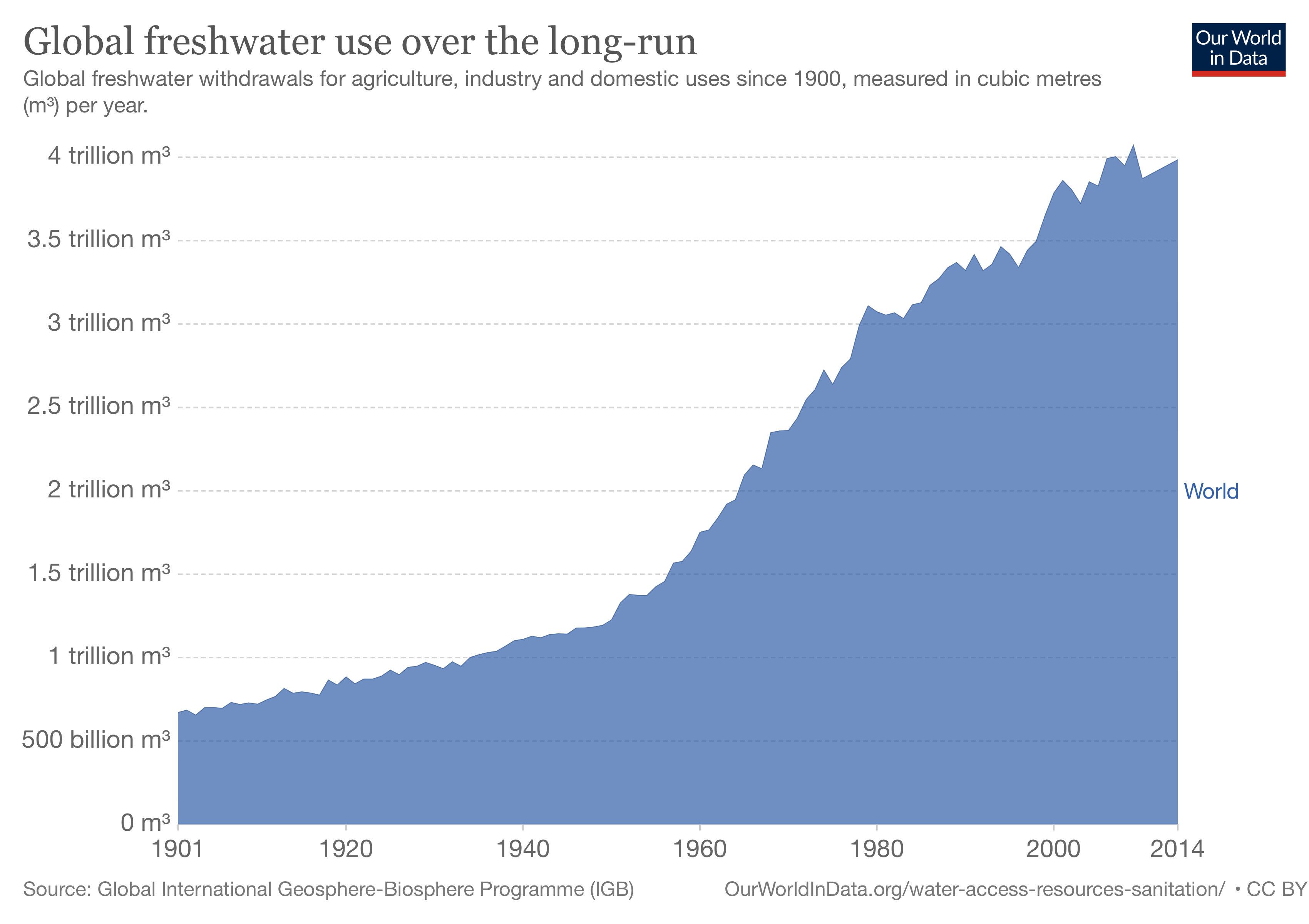
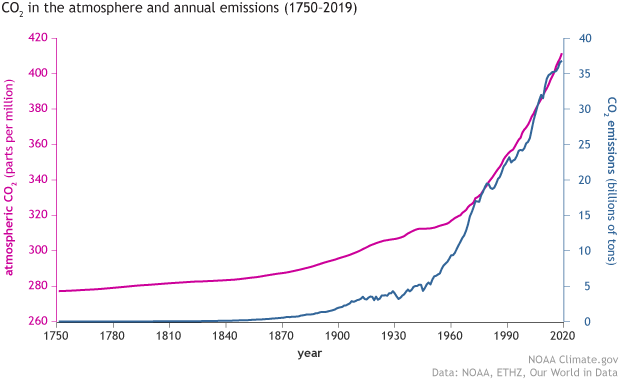
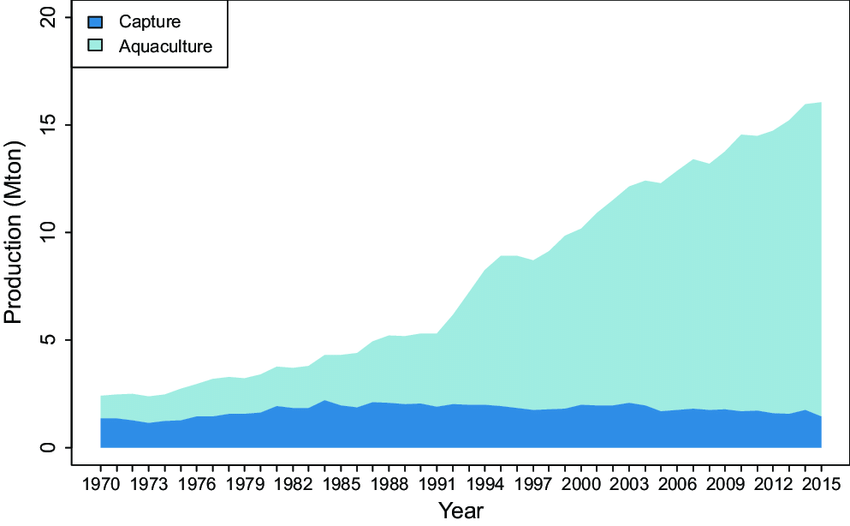
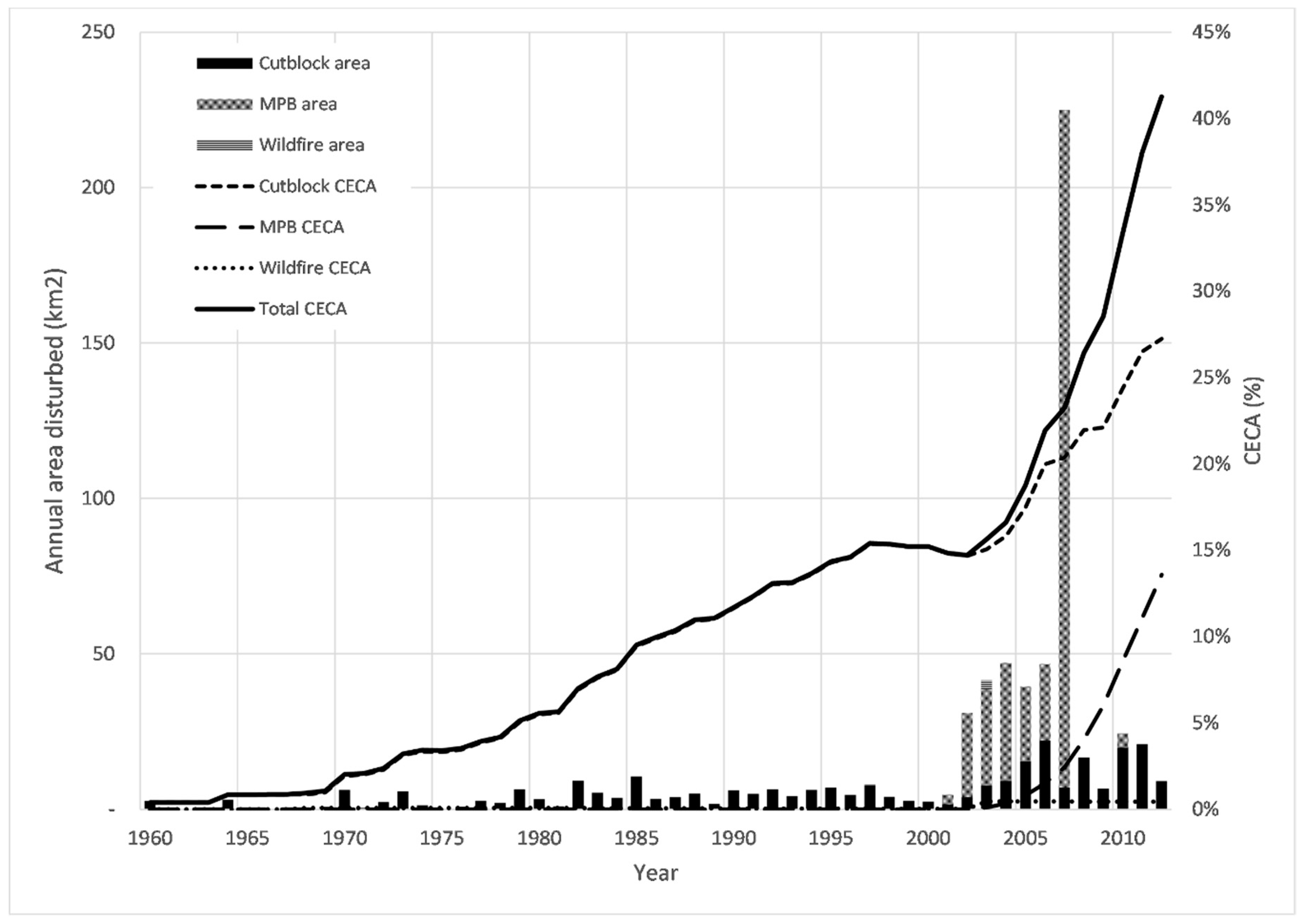


Leave A Comment
You must be logged in to post a comment.